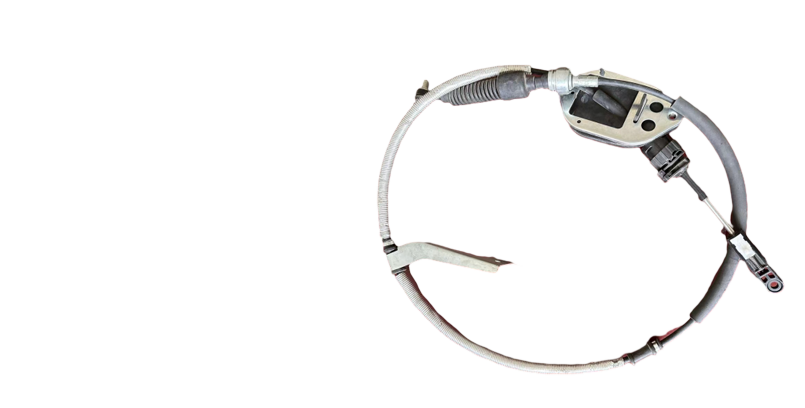accelerator pedal cable
Understanding the Accelerator Pedal Cable A Critical Component in Vehicle Performance
The accelerator pedal cable plays a pivotal role in the operation of modern vehicles, serving as the link between the accelerator pedal and the engine's throttle mechanism. This seemingly simple component is crucial for a driver’s ability to control the speed of the vehicle effectively. In this article, we will explore the function, construction, common issues, and maintenance of the accelerator pedal cable to better understand its importance in automotive engineering.
The Function of the Accelerator Pedal Cable
At its core, the accelerator pedal cable is responsible for transmitting the driver’s intention to accelerate to the engine. When a driver presses down on the accelerator pedal, the cable pulls on the throttle linkages, allowing the engine to take in more air and fuel, thereby increasing power output. This direct mechanical connection has a significant impact on engine responsiveness and performance.
Unlike some modern vehicles that utilize electronic throttle control systems, which rely on sensors and actuators to manage engine speed, traditional systems often depend on the physical action of the accelerator pedal cable. This design can offer a more direct feel for the driver, allowing for more nuanced control during acceleration.
Construction of the Accelerator Pedal Cable
The construction of the accelerator pedal cable is relatively straightforward, comprising a flexible steel wire encased in a protective sheath
. The inner wire is designed to handle repetitive bending and pulling, while the outer sheath ensures protection from wear and environmental factors.Typically, the cable is connected at one end to the accelerator pedal mechanism and at the other end to the throttle body of the engine. Some vehicles may have a cable assembly with multiple wires, especially when additional functionalities, such as cruise control, are integrated.
Common Issues and Signs of Wear
accelerator pedal cable

Like any mechanical component, accelerator pedal cables are susceptible to wear and tear over time. The most common issues that vehicle owners may experience include fraying of the cable, stiffness in movement, or, in some severe cases, cable breakage. These problems can lead to erratic throttle response, making the vehicle difficult to control.
Signs that the accelerator pedal cable may need inspection or replacement include - Unresponsive or sticky throttle when pressing the pedal. - Difficulty in maintaining a steady speed. - Sudden surges in power or delayed acceleration. - A noticeable increase in effort required to press the accelerator pedal.
If any of these symptoms are present, it is imperative to address the issue promptly to ensure safe vehicle operation.
Maintenance and Replacement
Maintaining the accelerator pedal cable involves regular inspection and lubrication. Periodically checking for signs of fraying or corrosion can prevent unexpected failures. In vehicles that endure harsh weather conditions or high mileage, it may be wise to replace the cable proactively as part of a scheduled maintenance routine.
Replacement of a faulty accelerator pedal cable is generally a straightforward process; however, it can vary between different vehicle models. Most often, it involves removing the old cable from the accelerator pedal and throttle body and installing the new one while ensuring proper routing to prevent interference with other components.
Conclusion
In summary, the accelerator pedal cable is a critical component of a vehicle's performance. It translates the driver’s intent into action, allowing for precise speed control. Understanding its function, potential issues, and proper maintenance can greatly enhance driving experience and vehicle safety. Drivers should remain vigilant about the condition of their accelerator pedal cables, as timely interventions can avert larger mechanical failures and ensure a smooth and responsive driving experience. Whether you're an experienced mechanic or a casual car owner, recognizing the significance of this seemingly simple part can lead to better vehicle management and performance.
-
Upgrade Your Control with Premium Throttle CablesNewsAug.08,2025
-
Stay in Control with Premium Hand Brake CablesNewsAug.08,2025
-
Experience Unmatched Performance with Our Clutch HosesNewsAug.08,2025
-
Ensure Safety and Reliability with Premium Handbrake CablesNewsAug.08,2025
-
Enhance Your Vehicle with High-Performance Clutch LinesNewsAug.08,2025
-
Elevate Your Ride with Premium Gear CablesNewsAug.08,2025
